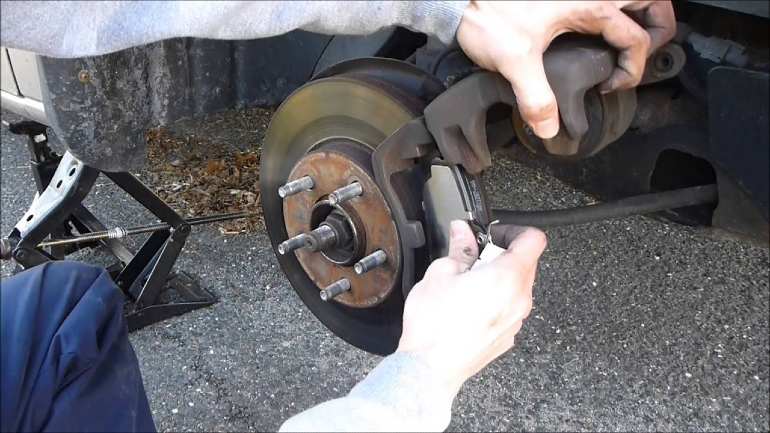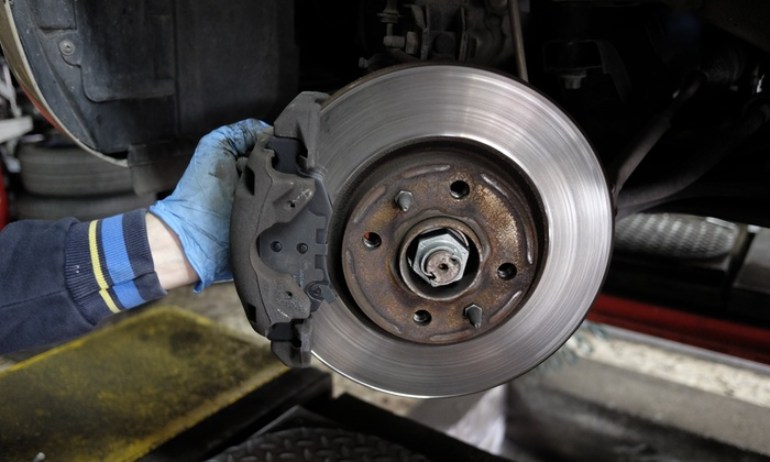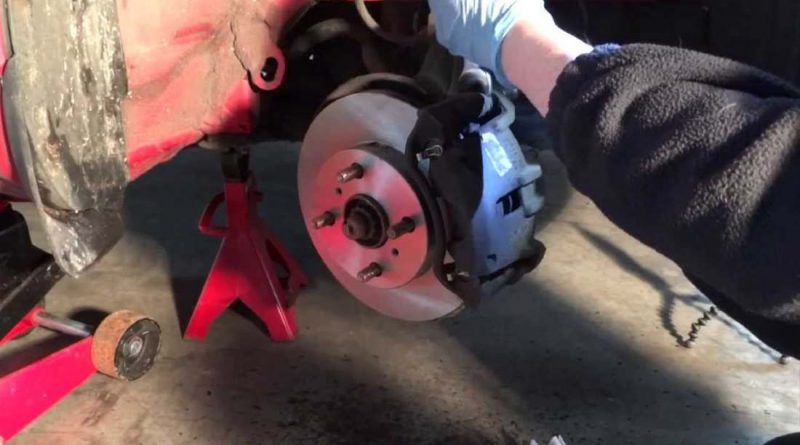Braking System Parts Explained and When Should You Replace Them
Your Toyota weighs over two tonnes and it’s important for it to stop on a whim to avoid accidents. It’s arguably the most important built-in safety feature that’s vital for the safety of your passengers and everyone else you share the road with. For that reason, it’s important to keep them in good working order. If your car’s brakes are showing signs of wear or damage, there are a few parts that you’ll need to repair or replace. Believe it or not, not many people know much about their brakes. And most of them don’t know when they need to be replaced or repaired. Every part has its own purpose, longevity and symptoms that it needs to be replaced. No matter whether your Toyota has drum or disc brakes, if you don’t upkeep them, there’s a chance your braking system will fail on you, and that can end up being costly. That being said, here are the key parts that comprise braking systems and here’s what you need to know about them.
Brake Rotors or Discs
Brake discs or rotors are one of the main components of disc brakes. Your Toyota brake pads press against the brake discs on each side, causing your vehicle to slow down or stop. The longevity of all brake parts varies, and brake rotors can last anywhere from 50.000 to 100.000km, depending on how you use them. You can prolong their lifespan with resurfacing, and you should inspect them every 20.000km. Since the surface of brake rotors wears down, grooves and ridges can develop where the pads press down. If the pads don’t have an even surface to press onto, you can experience grinding, and that’s when you should replace or resurface your brake rotors. It’s always recommended to replace these parts in pairs.

Brake Pads
As aforementioned, the brake pads are the parts that press on the discs in order to slow them down. They’re mounted on the callipers and are activated by the pistons. The longevity of brake pads depends on their quality. Harder pads last longer, but they still wear down and need to be replaced once the padding is worn to the metal shoe part. On average, brake pads last about 60.000-80.000km, but those numbers can vary from less than 40.000km to more than 100.000km. The first indicator that you need to replace your Toyota brake pads is squealing. Many vehicles include a brake warning sensor that alerts you when it’s time to get the pads checked. The ideal brake pads for your vehicle are determined by your owner’s manual, or you can try searching online for recommendations. The most popular types of brake pads are organic, semi-metallic and ceramic. Your Toyota probably uses either semi-metallic or ceramic brake pads, as they provide more stopping power than organic brake pads.
Brake Callipers
Brake callipers can either float or be fixed. These are the parts that house the brake pistons, pads and brake fluid. They’re similar to clamps and their purpose is to create friction that slows down the brake discs. Their lifespan depends on how you use your vehicle. If your car sits for a while, the callipers can break down, collect debris or stick. You may also need to fix seized callipers, but most of them will last quite some time if you maintain them properly. The main problem that arises with brake calipers is the breaking down of their seals. This is a result of the heat generated in the braking system. Additionally, they can get damaged as a result of grinding. For that reason, you should check them while inspecting the rest of your brake system every 20.000km.

Brake Pistons
The brake pistons press against the brake pads, and they’re activated by brake fluid. There are usually one or two pistons per wheel, but there can be more. These parts can stick or erode, causing issues with the pads applying pressure properly to the discs. Their lifespan is similar to that of callipers, but can also vary depending on the way you drive your vehicle. The brake pistons should be replaced if the brake is sticking or there’s brake fluid leaking. More often than not, you’ll have to maintain and replace them together with the other parts.
Brake Fluid
Brake fluid, as aforementioned, is responsible for activating the pistons, which in turn make the brake pads slow the vehicle down. Without brake fluid, the pistons won’t activate properly and the pads won’t apply the necessary pressure to the discs. Brake fluid is specifically designed to withstand high temperatures, but as the brake pads wear down the levels can drop over time. Besides regular replacement, you may need to deal with leak and seal issues every once in a while. The brake fluid should be replaced and flushed every 30.000-40.000km or every two years.

